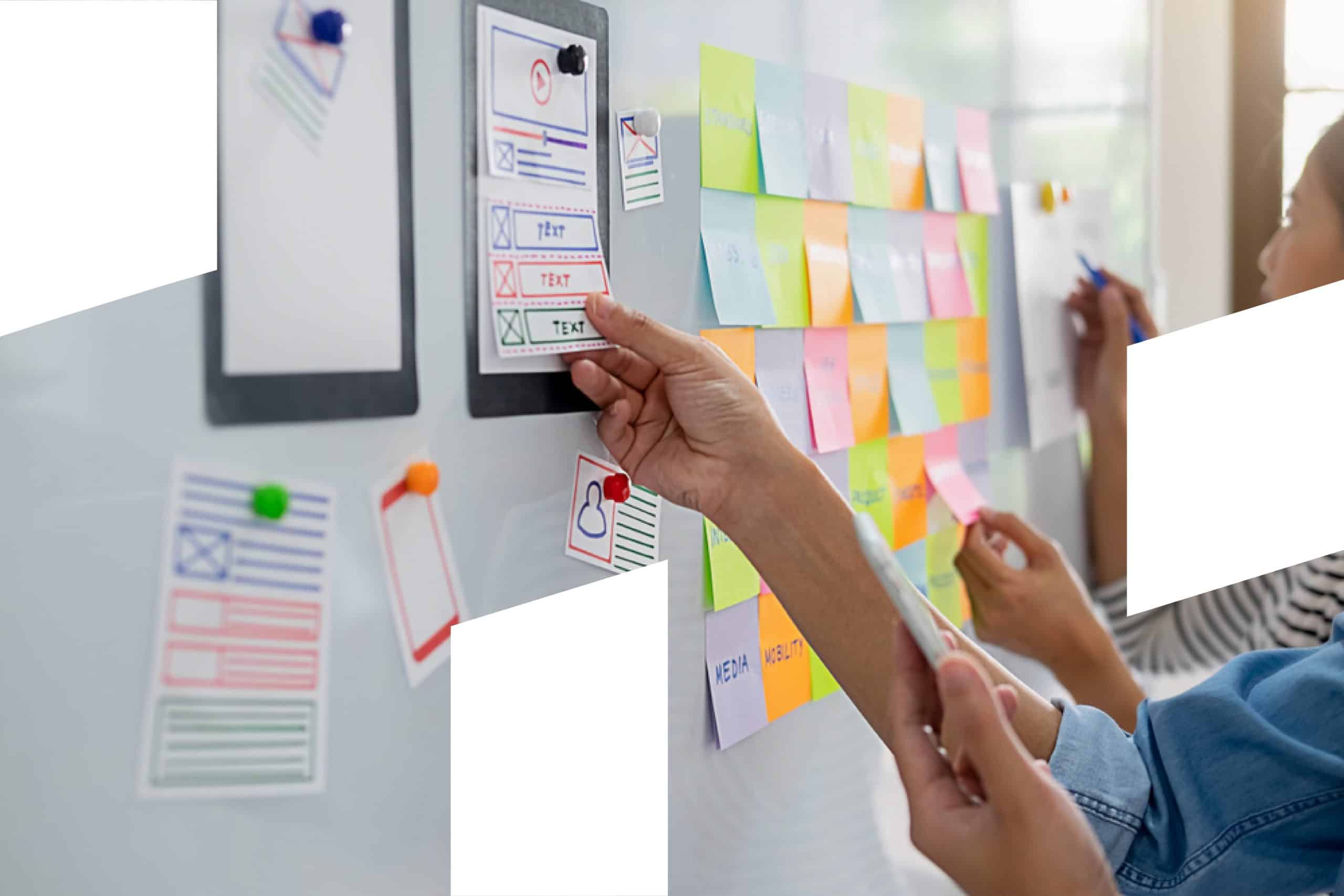Top 6 Digital Wellness Trends
Top 6 Digital Wellness Trends
Wellness, which is a field of study of positive psychology, is defined as “feeling good and well-being”. Especially in the light of digital developments in recent years, wellness trends which are more involved in our lives everyday help us make healthy living habits permanent while reducing our stress in the age of speed.
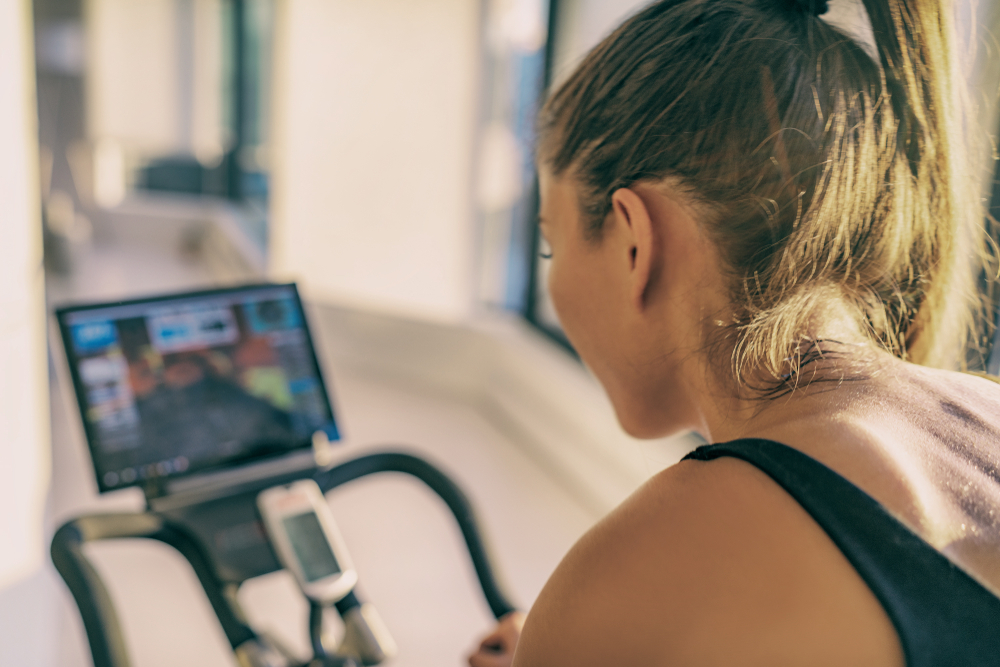
A lot has changed regarding our routines during the pandemic. We had to cancel our holidays that allowed us to take a break and relax during long and tiring work processes. We continued our relaxation and exercise programs from home. We tried to improve our physical and mental health with remote services. During the pandemic, the use of wellness apps increased by 37% while the rate of downloads of health and fitness apps increased by 46% worldwide.
They show that as users save time and money, they will make the use of digital products and wellness habits permanent in the long term. While digital developments cause us to redefine wellness trends each year, we begin our article by examining the trend of breathing and meditation which has contributed a lot to our ability to control stress during this period.
1. Breathing Therapy and Meditation
Breathing therapy, which was included in our lives in previous years and used as a practical tool to relieve stress and reduce pain, continues to contribute to our physical and mental health in 2021. During the pandemic days when we are away from health centers, breathing and meditation practices, which we use to reduce our stress and the pain caused by this, are also popular this year. However, with virtual reality being widely included in our lives in recent years, the VR-supported meditation market is expected to rise to $3.9 billion by 2023.
In addition, a study organized by the British National Opera and Imperial College Healthcare showed signs that besides singing, breathing studies can alleviate symptoms in Covid-19 patients.
iBreathe
Shown as one of the best meditation apps of 2020, iBreathe is mostly preferred by users who have stress and insomnia problems. In the application, which stands out with its ease of use and simplicity of the interface, users can create customizable breathing cycles and receive notifications for their exercises during the day. The application, which is integrated with Apple Health, can also be followed with Apple watch.

Headspace
Headspace, which is one of the most popular meditation practices and has been news with its documentary on Netflix, offers programs on many subjects such as breathing therapy, meditation, sleeping, focusing and mind-body health. Sessions can be selected at any desired length. The application, which can also be accessed with Spotify, draws attention with its music lists feature to increase focusing during the working from home period.
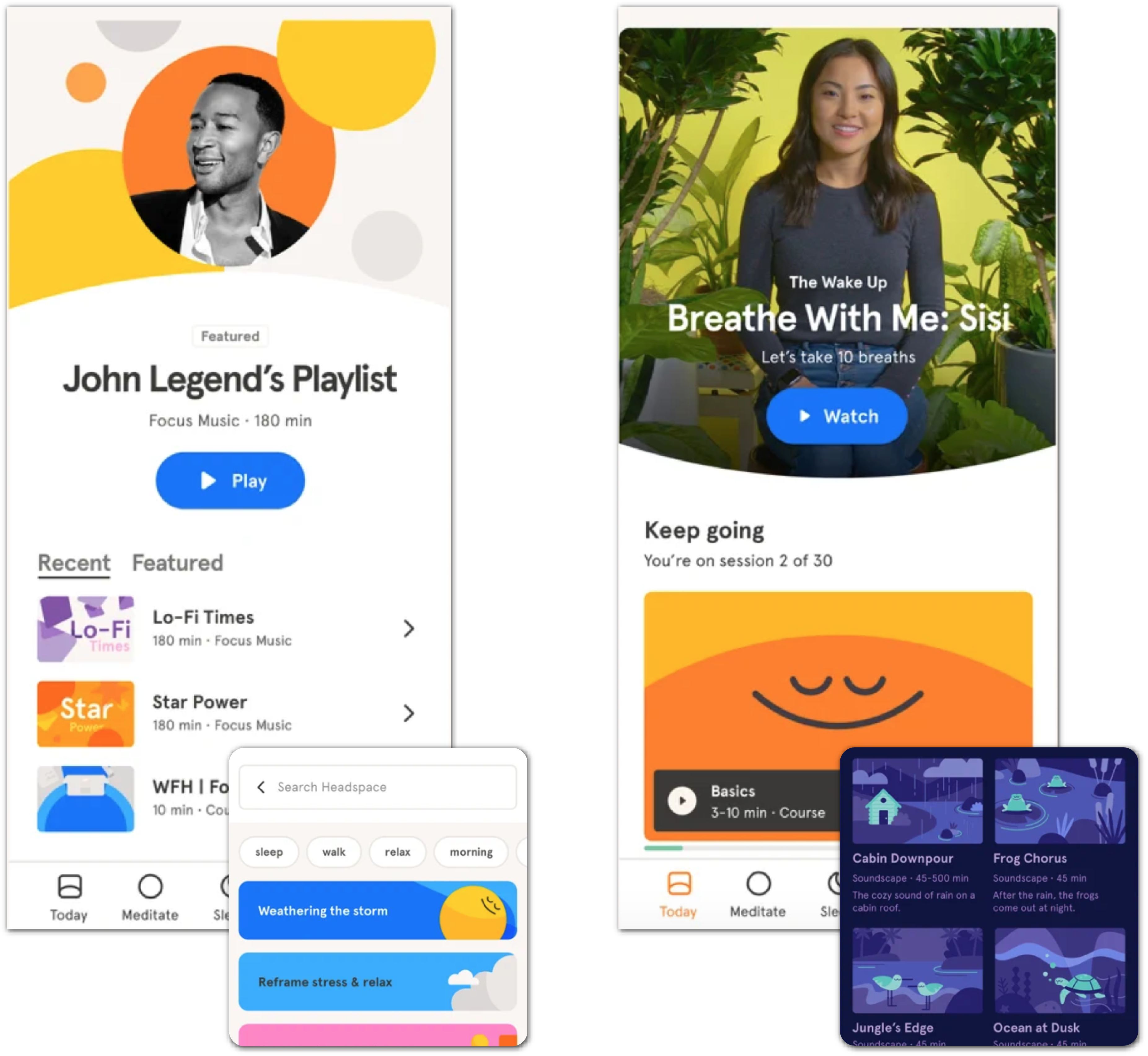
2. Institutional Wellness and Telehealth
Companies are focusing on digital health programs to manage the stress of last year’s changing working conditions and to increase the productivity of employees. They have established support programs since the beginning of the COVID-19 period in order to manage the stressful period employees have faced. And they continue trying to improve their workforce through remote in-office seminars, social events and holistic health coaching programs. Many companies and institutions offer their employees telehealth sessions with dieticians, therapists, or health coaches.
In addition to telehealth services, which is currently the safest application for therapy services, another therapy service expected to be popular in 2021 is nature trails and walking and conversation sessions with therapists on the roads for the clients who continue to expect face-to-face meetings. For instance, TalentMondo, which contributes to the improvement of institutional wellness and is mostly preferred by white-collar employees, brings trainers from all over the world together with those who are keen on yoga, meditation, fitness and cooking workshops.
AmWell
Amwell is a telehealth application that provides 24/7 service and allows appointment planning. It can be proceeded in simple steps by choosing the doctor to be served after the type of visit. In addition to the emergency services, psychiatry, therapy and nutritional counseling can be obtained. Users can make transactions by entering their insurance numbers through the application.
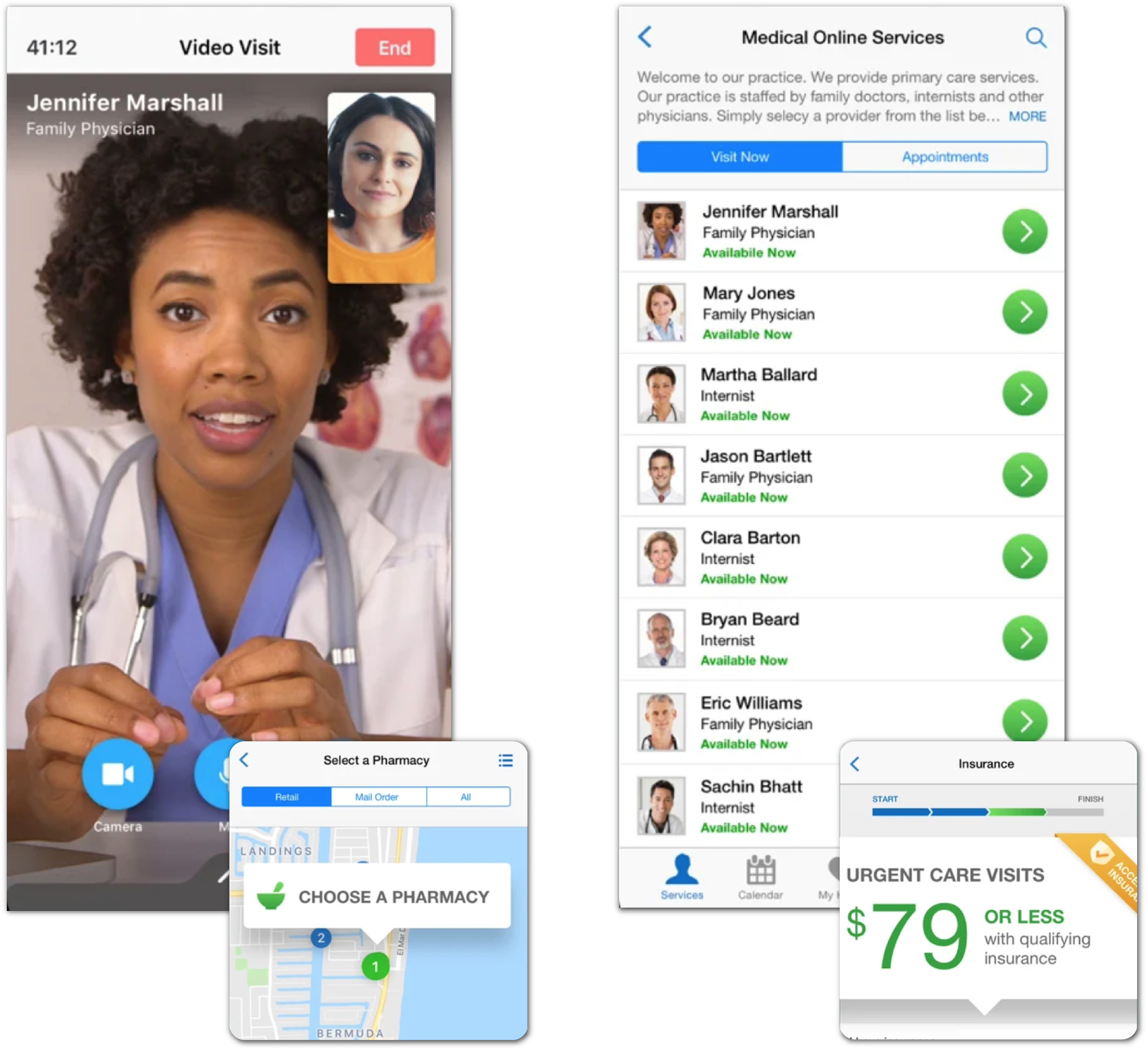
Doctor on Demand
The application, which carries the face-to-face doctor process online, is a platform where doctors can access past reports, examine them and recommend laboratory work when necessary. In addition, physicians can access vitals such as body temperature and blood pressure, thanks to its integration with Apple’s HealthKit. The application, which can provide insured or uninsured services, offers video service including weekends.
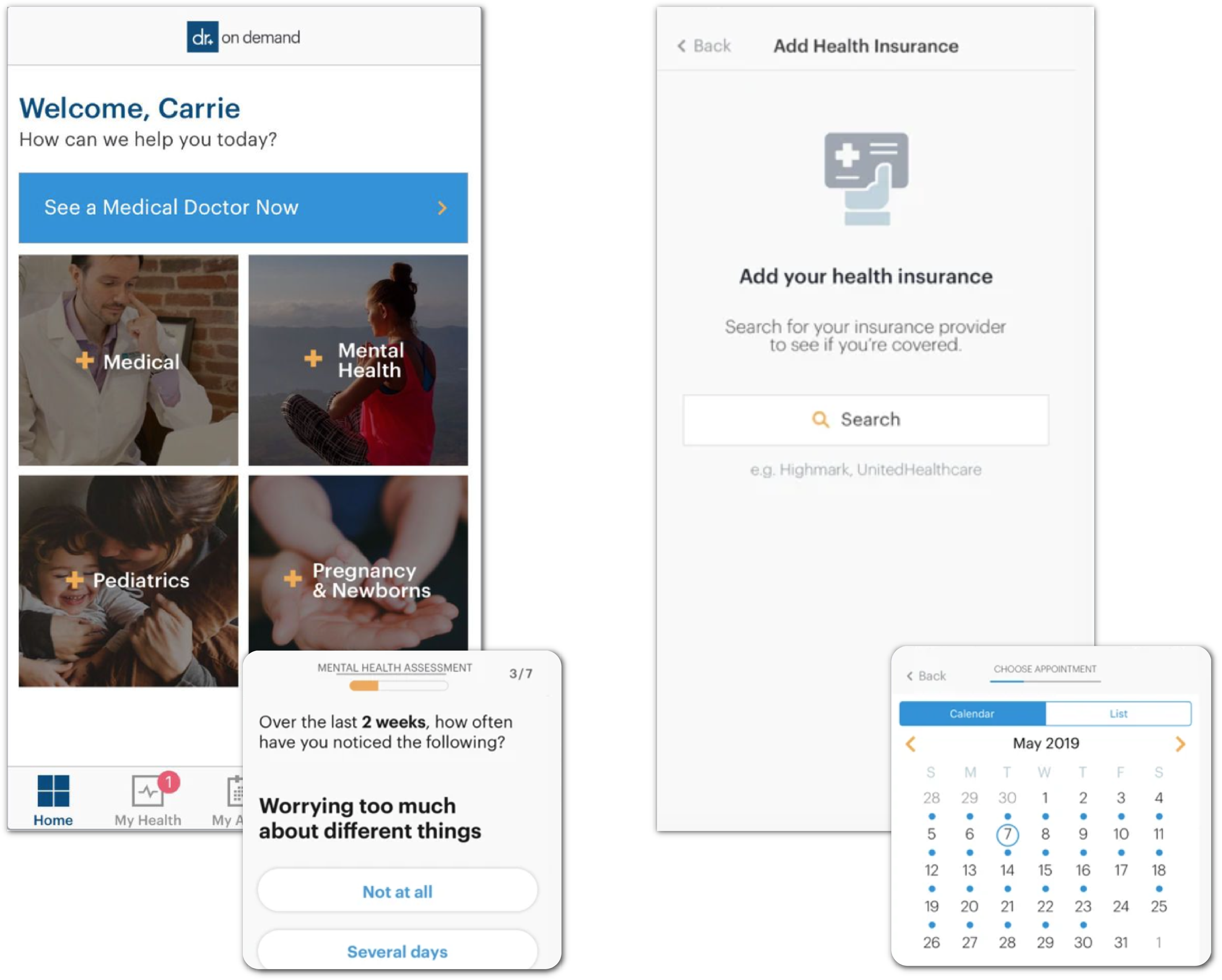
3. Financial Health
While financial wealth has been a situation where people are reluctant to talk and share for years, this taboo has been breaking down with the transparency trend in recent years. The economic difficulties brought about by the pandemic push consumers to pay more attention to financial management. Thus, applications that make money relatively more enjoyable also contribute greatly to the financial therapy trend. TikTok hashtags, which have become popular like #Personalfinance, also reveal how important it is to understand money management among users. Zavfit, a European health technology company that fits this trend and uses the term ‘money fitness’, runs money-focused therapies. Bearing user needs and this trend in mind, the digital banking sector has been investing on wealth management.
Mint
Mint is a holistic finance management application. Users who can control credit points, invoices and assets from one place can receive suggestions to improve their credit scores and create a budget according to their spending habits.

PocketGuard
PocketGuard, a wealth management application, informs users about the remaining budget after all expenses have been made. While users can track their expenses by category, they can also access all their cards, loans and investments on a single dashboard. In addition, the remaining budget for the targets desired to be achieved with the automatic registration program is transferred to the target budget.
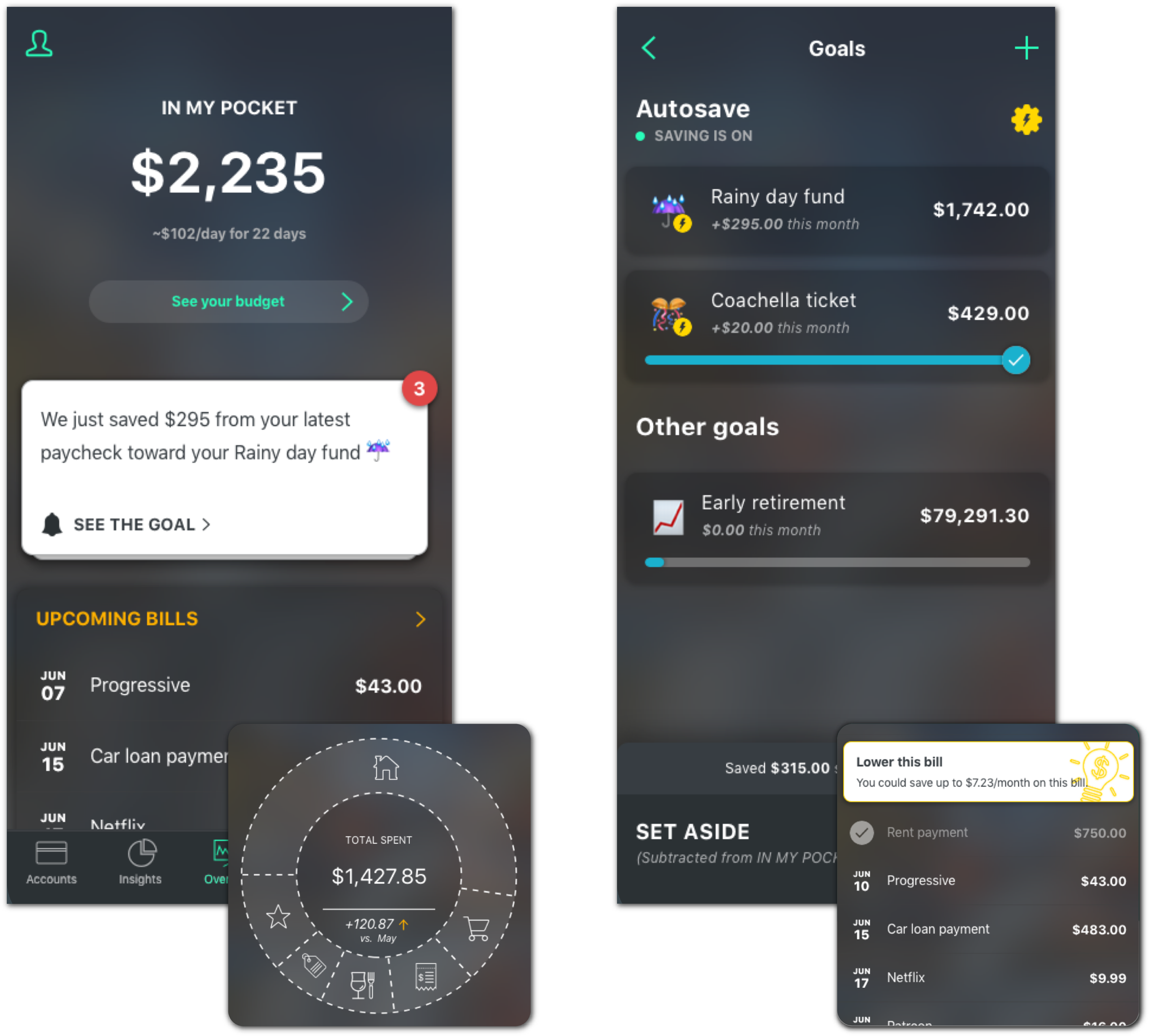
4. Fitness at Home
While studios and gyms are forced to shut down intermittently during the pandemic, remote fitness and other exercise options continue to be an important health trend in 2021 for users who want to continue their healthy habits. People now prefer shorter times for training rather than longer ones. According to the study, 39% of people in the USA state that they spend at most half an hour a day for exercises.
Most of the time, users who use applications for their exercises start to make this habit permanent for the coming years as they see that they don’t have to pay to the gyms and they can allocate their commute time.
The Mirror which is a full-length mirror with a digital screen embedded in it brings the fitness experience to home. It takes the interaction one step further and users can access their profile and health data while attending live fitness sessions with the instructor who appears alongside on-screen reflection. Another example, Peloton is a touchscreen tablet-powered fitness bike that provides live and on-demand lessons to users at home. By the end of 2020, Peloton has a total of more than 4.4 million members and a 12-month retention rate of 92%.
Nike Training Club
Nike Training Club app offers over 185 free workouts. Users provide yoga classes and fitness programs that can be done without equipment. Exercises can be chosen at beginner, intermediate and advanced levels. At the same time, the app offers health advices from world-renowned experts. Nike Training Club can also sync with Apple Health to sync workouts and record heart rate data.
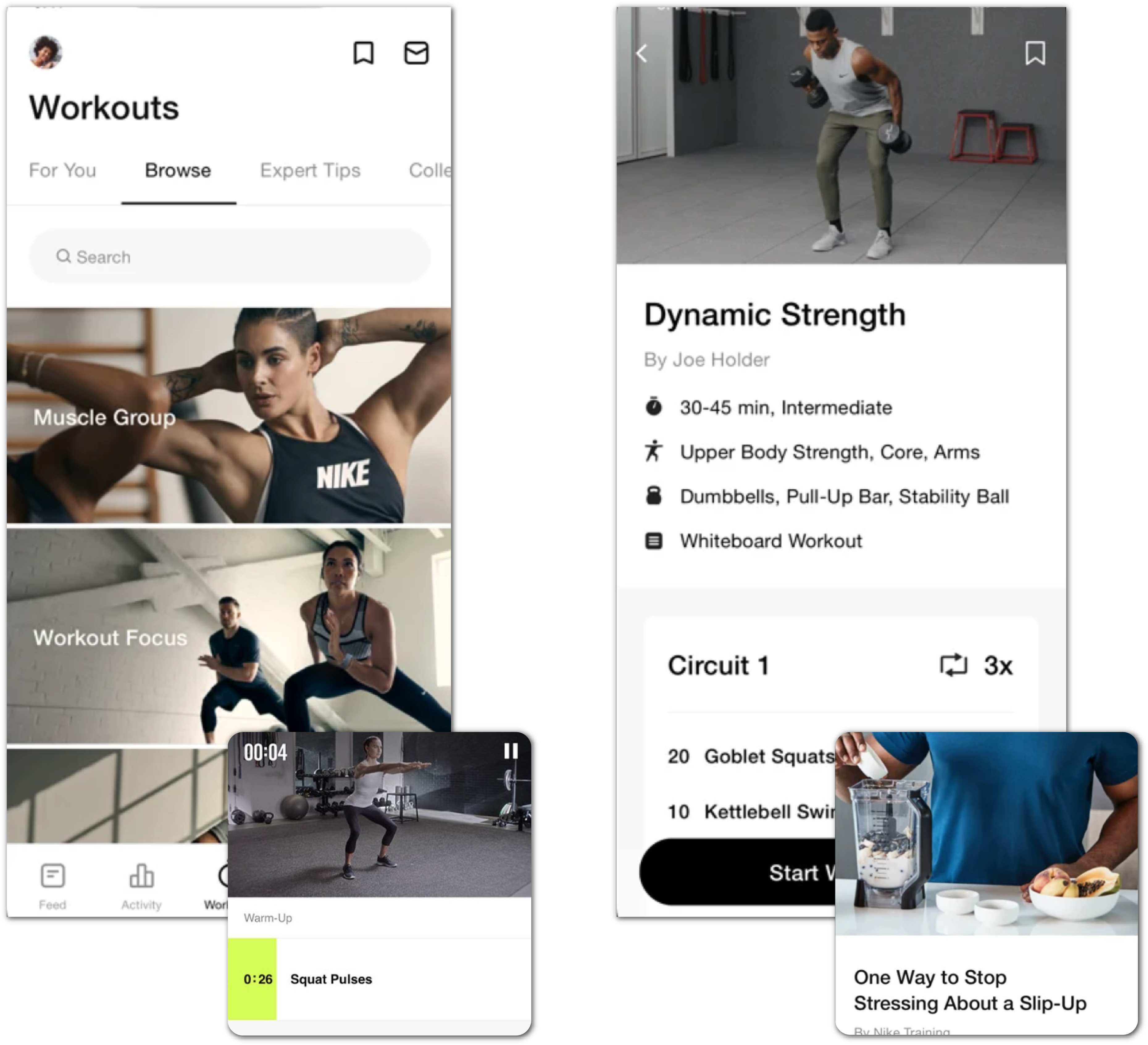
Aaptiv
Aaptiv, a fitness app, offers voice-driven exercise programs by personal trainers. However, users can practice with playlists of their favorite music and save lessons for offline listening.
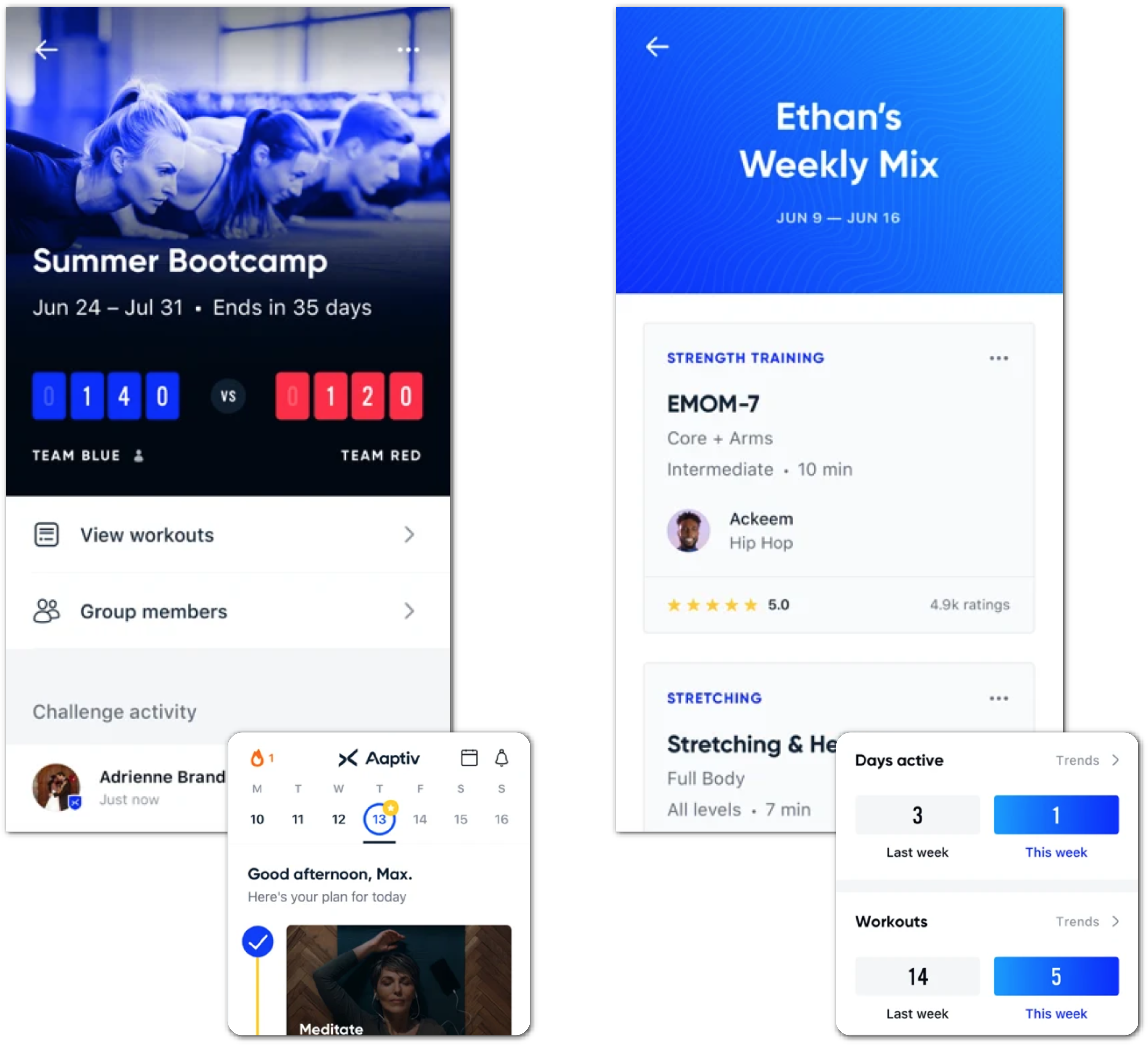
5. Digital Detox
Digital platforms, which have been intensely included in our routines since last year, have started to include the times we devote to ourselves and relax. In addition, negative news in social media affect people more than ever during the period of confinement at home. The era of remote work blurs the boundaries between work and home, and breaking away from electronics is becoming harder than ever. People starting to realize this fact are turning to digital detox to get back to their essence and recall themselves apart from their time spent with their smartphones or computers. Applications that send notifications to restrict focusing on a different location or use unproductive social media are actively involved in users’ lives in 2021. This trend, which has been quite common in Instagram recently, continues encouraging users to get out of this digital density by declaring them as “digital detox heroes”.
In a study in the UK, 66% of smartphone users are reported as nomophobic which means fear of losing their phone connection.
31% of internet users neglect spending time with their friends and families.
AntiSocial
AntiSocial is a control application that calculates how many times users unlock the phone every day, how much time they spend on their social media accounts each day, and which platforms they browse the most. The application, which creates a blacklist for users, allows applications to be unlocked and closed for use when desired. This application is frequently preferred by parents as it allows to control another phone.
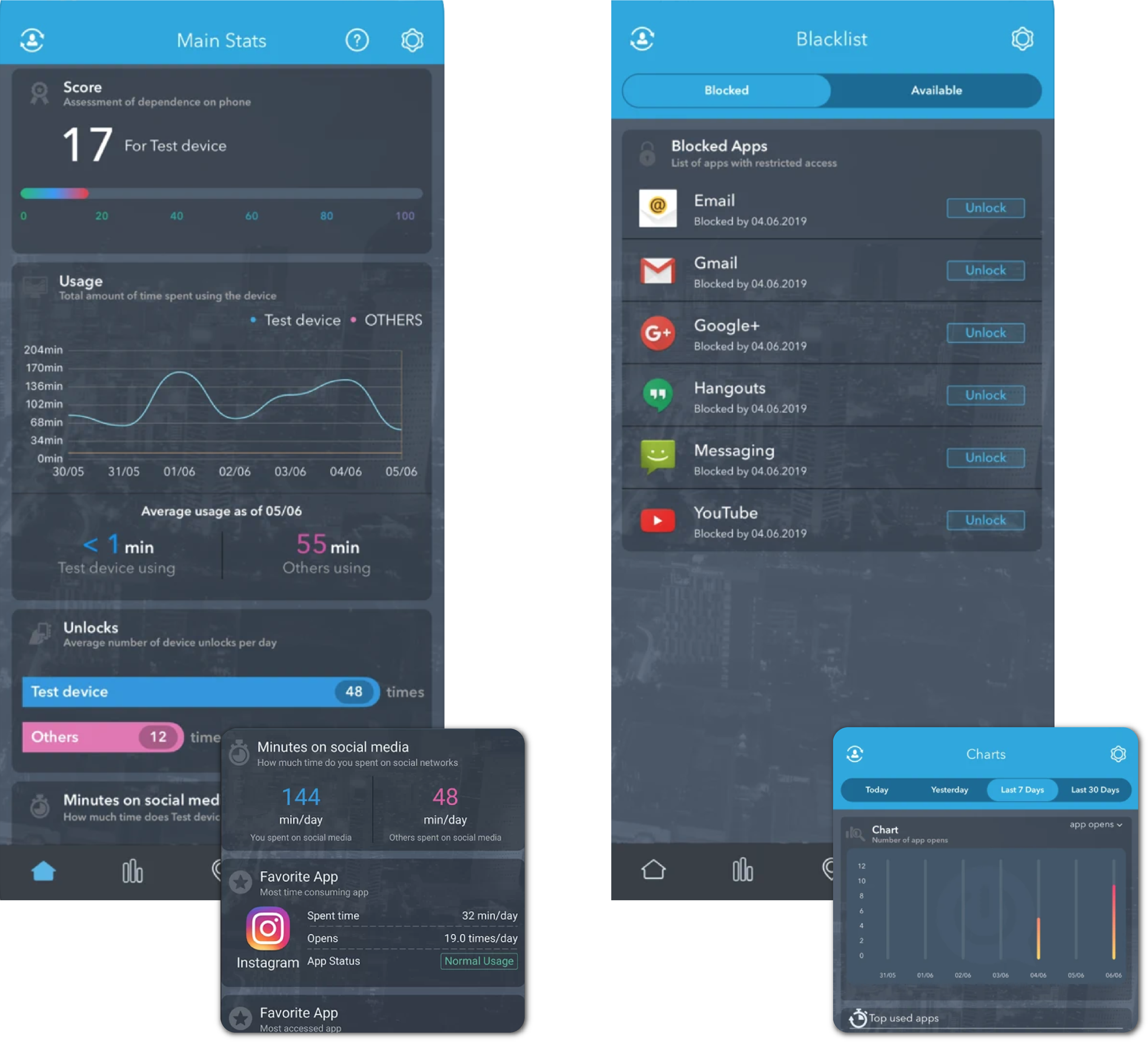
Forest
In Forest, another usage control application, users plant a seed. If they unlock the phone first in time, the tree dies. Digital coins are sent to users to encourage this behavior, and over time, users can plant a real tree with these cash rewards.

6. Community Wellness
The pandemic agenda, with increasing awareness this year, is considered the year of transition from personal wellness to social wellness. The economic and environmental problems brought about by this period push people to think and become more conscious about this issue. Realizing that individual steps are drastically changing society, people are beginning to realize that helping others is a habit that serves spiritual integrity and contributes to their happiness. There is a significant increase in users’ behavior that contributes to environmental well-being. Over the past year, there has been a huge increase in applications that contribute to recycling and are used to eliminate food waste.
Food for All
Food for All application is used to eliminate food waste in restaurants. It allows users to order from restaurants within 1 hour before closing, and to go to the restaurant to get their packages so that they can evaluate meal discounts of up to 80%. Thus, while preventing food waste, it also helps to donate food to those who need it from through the application.
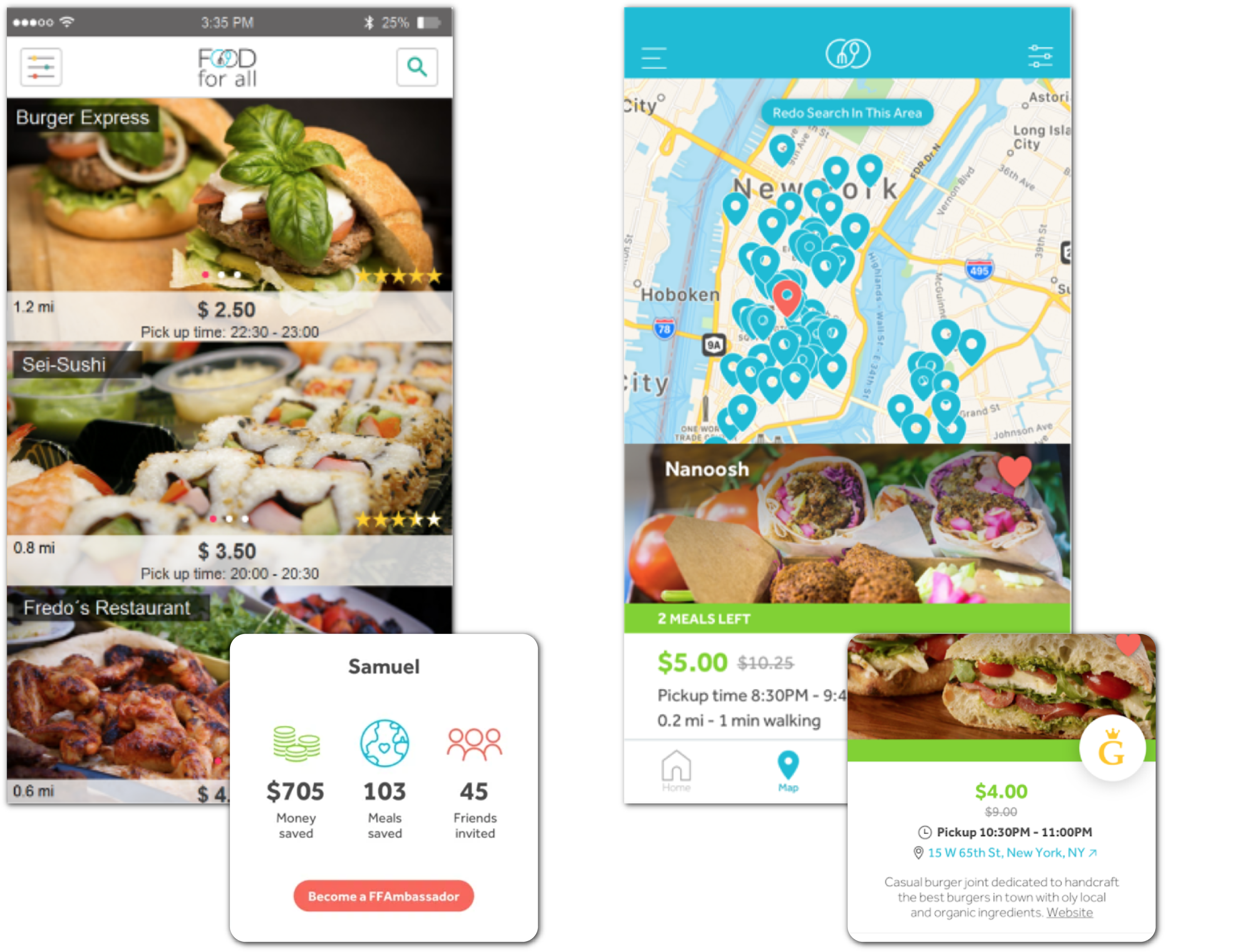
Rubicon Connect
Waste collection can be requested and real-time status updates can be made from the application, which is used to manage waste and recycling efficiently and to achieve sustainability goals for users.
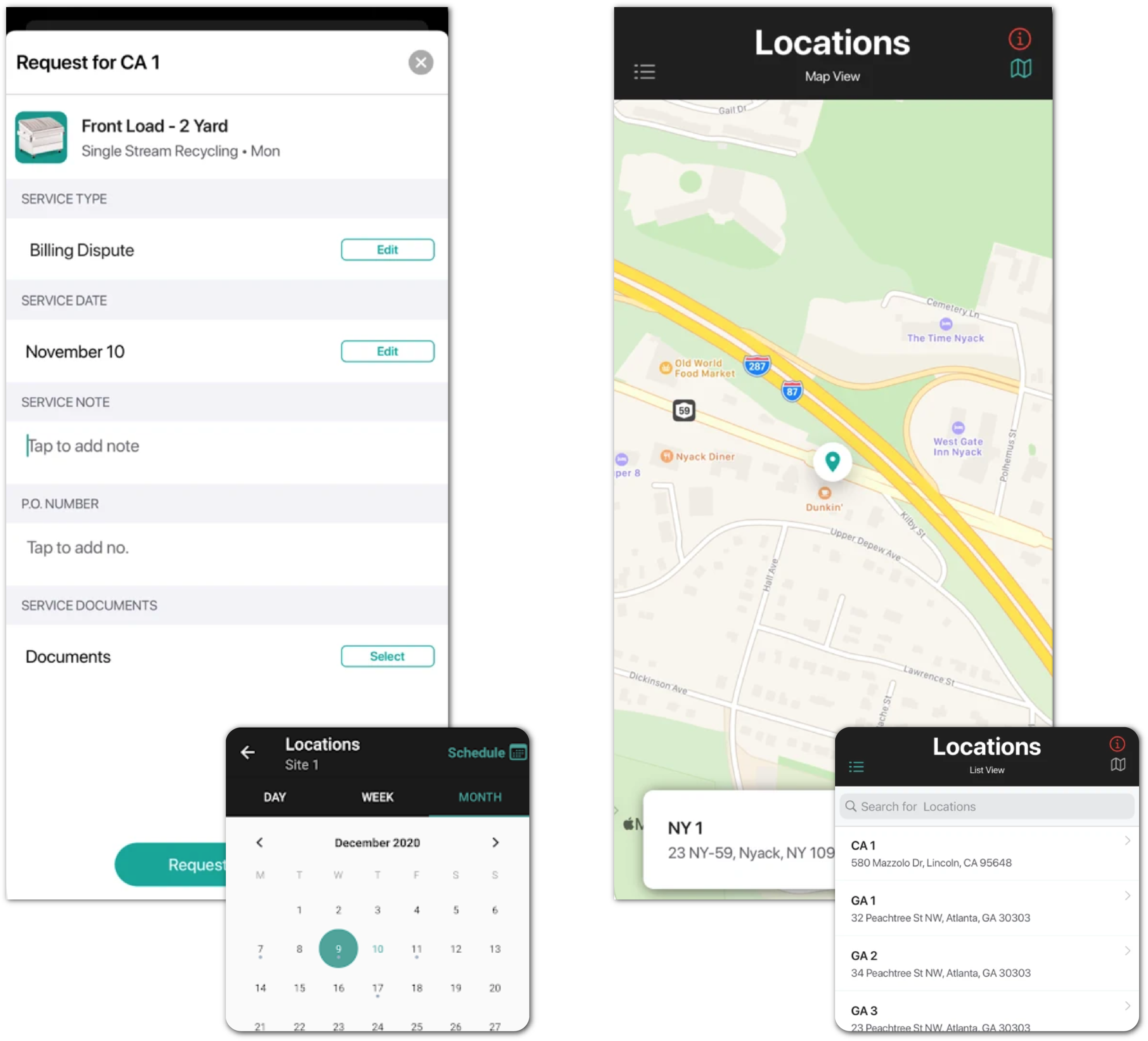
It is the first time we have experienced such an extraordinary year like this in which we focused on our own needs and raised our awareness of health. As this consciousness moves from personal to social, digital technologies and applications direct us to remote, personalized and virtual experiences. The pandemic plays a key role in initiating this permanent online healthy life. While digital experiences seem to stay in our lives, it also becomes important to keep all these habits in balance.
Reading Time: 8 minutes
Don’t miss out the latestCommencis Thoughts and News.


